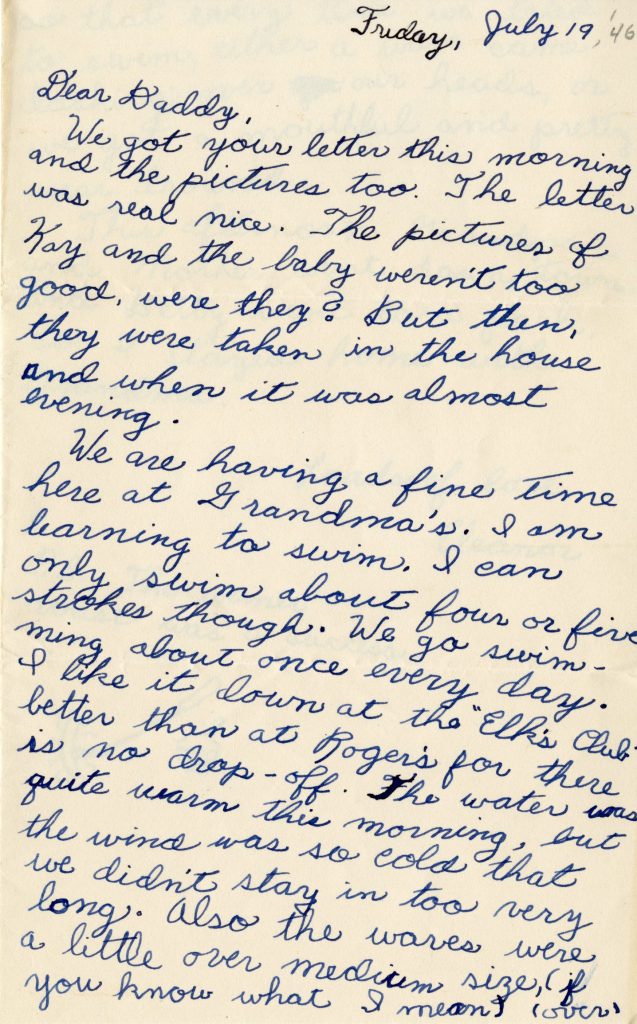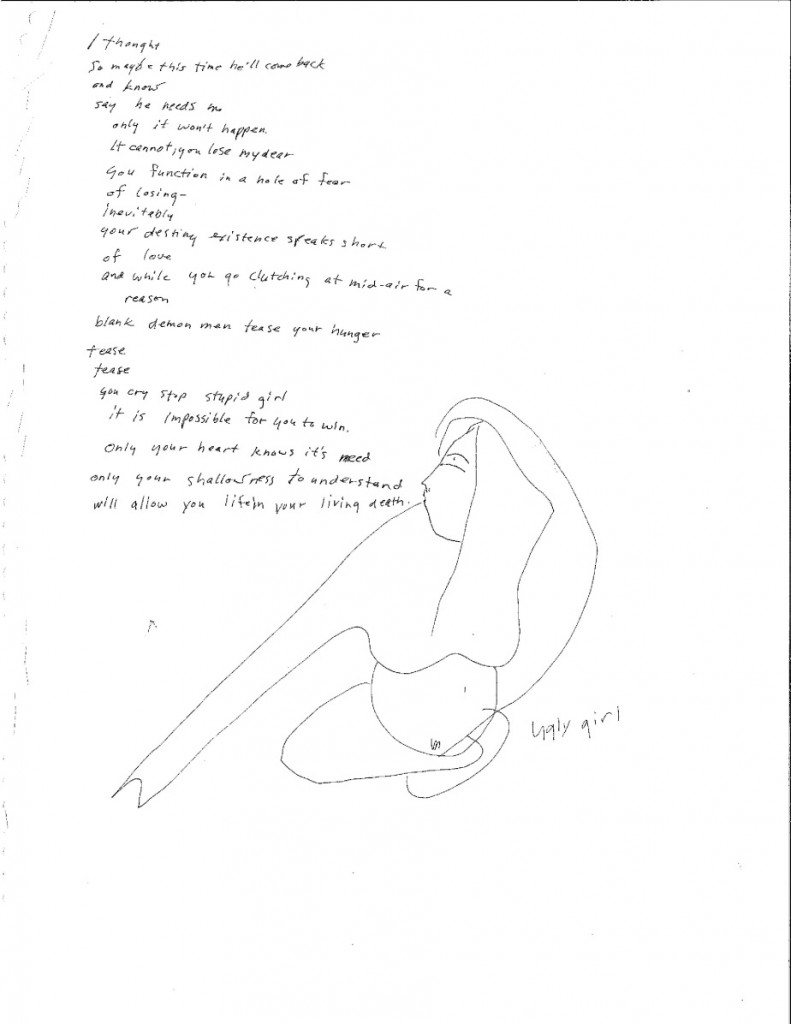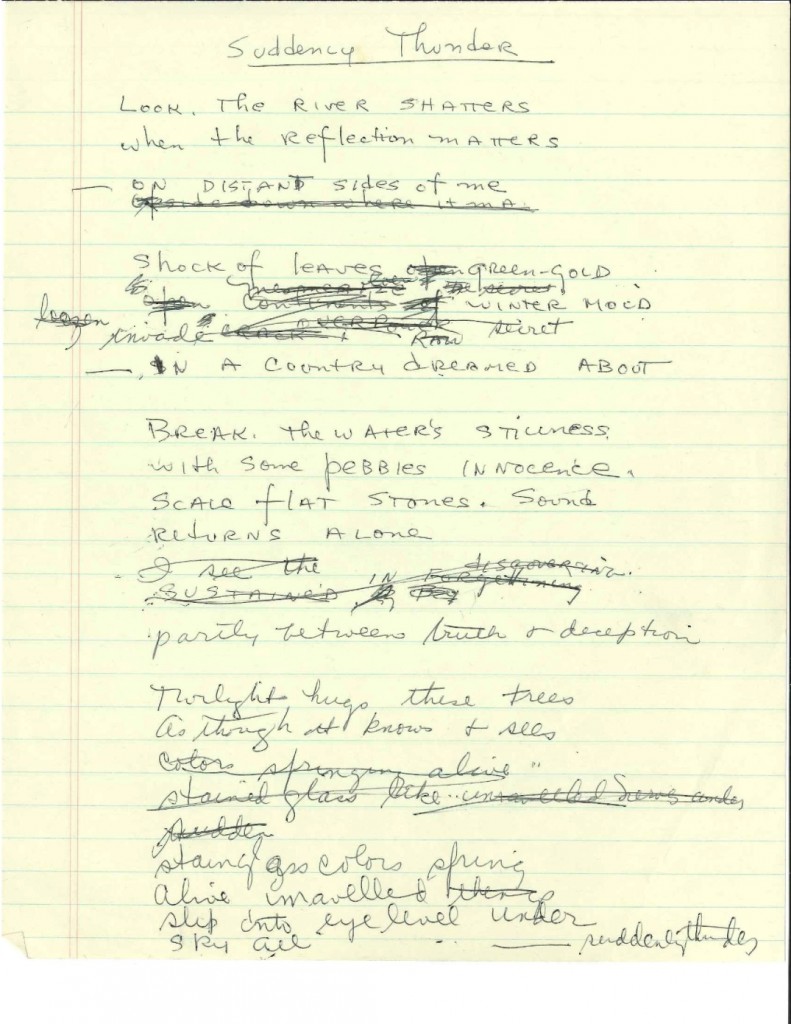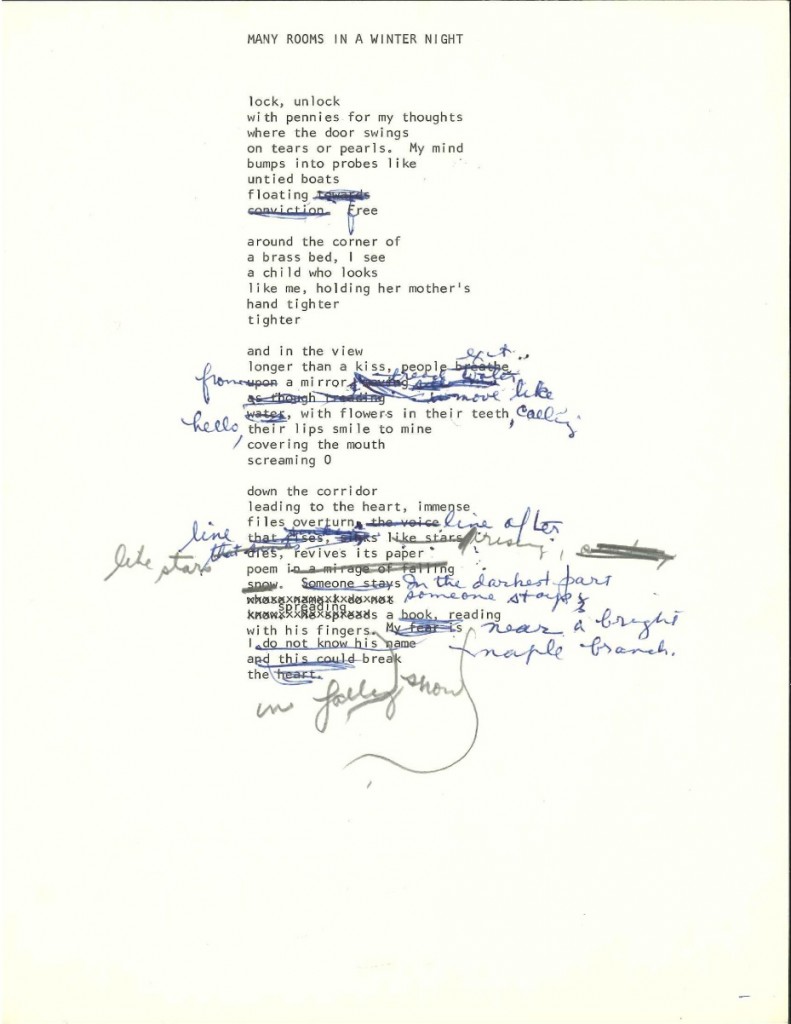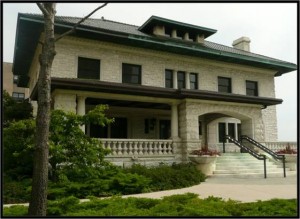I recently pulled some materials for a food ways class visit and I stumbled across a fascinating woman whose papers we have in our collection. While retrieving copies of World War II food stamps from her file, I was introduced to Dr. Eleanor Risteen Gordon. Dr. Gordon was born in Wisconsin in 1935, and grew up during the war years. Her surviving childhood letters in the collection little reflect this difficult time, but they do reveal a youthful appreciation for hot dogs, as well as a humorous hint at her later profession.
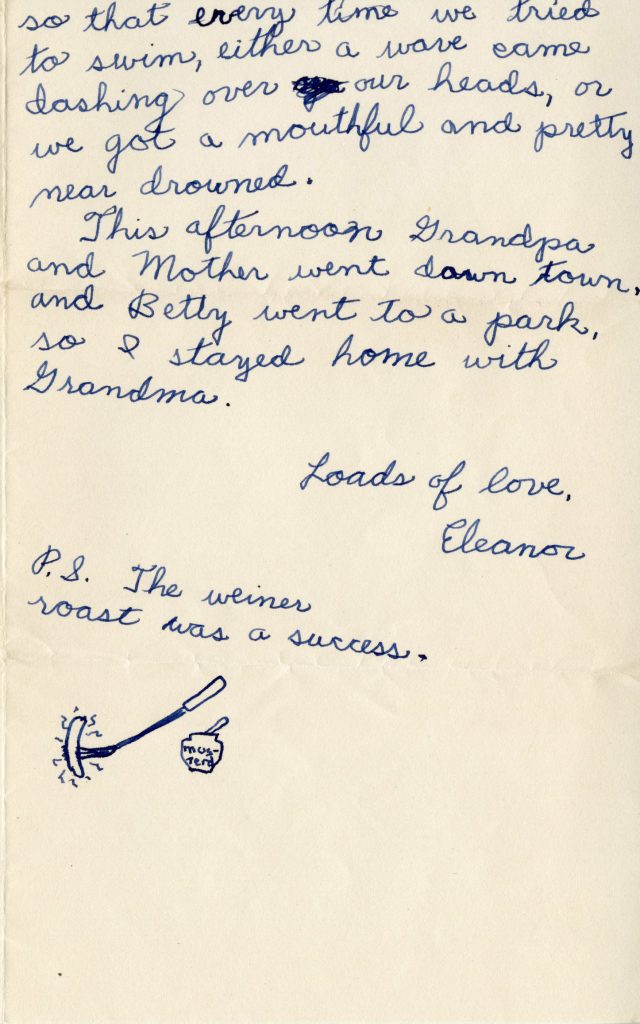
 As I delved into Dr. Gordon’s papers, I quickly learned she loved words and language, and used them to communicate in unique and thought-provoking ways. She earned her Ph.D. from the University of Illinois Chicago, and taught rhetoric and composition. In addition, she published poetry that touched on nature, art, and everyday life with sensitivity, realism, and humor. In this sample of her poetry, she describes a seemly mundane action, eating an orange, with an infusion of passion and sensory language.
As I delved into Dr. Gordon’s papers, I quickly learned she loved words and language, and used them to communicate in unique and thought-provoking ways. She earned her Ph.D. from the University of Illinois Chicago, and taught rhetoric and composition. In addition, she published poetry that touched on nature, art, and everyday life with sensitivity, realism, and humor. In this sample of her poetry, she describes a seemly mundane action, eating an orange, with an infusion of passion and sensory language.
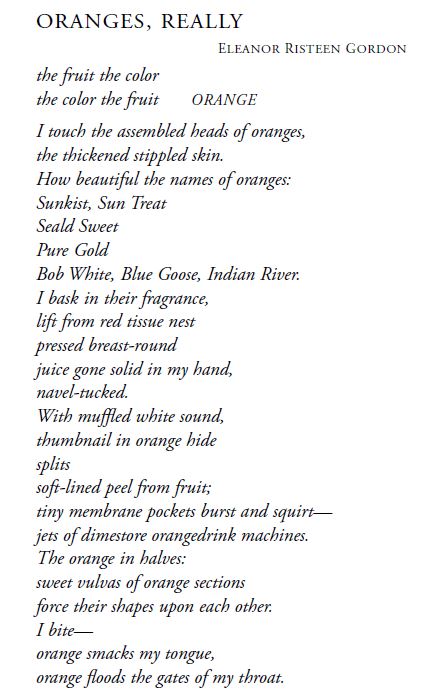
“My sister has given the orange ‘voice,’ enabled the everyday to ‘speak.’” – Betty Risteen Hasselkus, Dr. Gordon’s sister describing this poem
It seems the wordsmithing apple didn’t fall far from the tree with Dr. Gordon; her father was a renowned crossword puzzle creator, who published regularly to the New York Times. I can only imagine the level of competition on family Scrabble nights!
Digging deeper through the collection, I found that when Dr. Gordon wasn’t composing poems or teaching, she enjoyed a diverse range of hobbies and interests. Amongst papers and letters I found numerous bowling awards and pins. In 1986 she even bowled a perfect 300 game during league play. In her obituary (Dr. Gordon passed in 1996), Henry Gordon, her husband of 37 years, shared that a fellow poet once told her “a bowling poet is a contradiction in terms,” but that “she never let that bother her.”
As if that wasn’t enough, I was surprised to find another of Dr. Gordon’s interests was antique, plastic jewelry. An expert on the subject, she published articles that explored the impact of the development of plastic as a new material on style and culture. She focused on how it made fashion more accessible and spawned whimsical and colorful styles while also being used to replicate and produce traditional styles for mass-wear. As Dr. Gordon wrote, “Plastics provided fashion for everyone to laugh at, to enjoy, to wear.”[1]

A photo of a collection of vintage and modern plastic jewelry Dr. Gordon took for use in one of her articles.
At first glance, it may seem like Dr. Gordon’s interests were pretty eclectic. I think however that they reflect a woman with a witty and playful personality who thought deeply about the culture around her. Her body of work suggests to me that Dr. Gordon wanted to call attention to the beauty in everyday life, and show that the mundane could be celebrated.
I’d like to leave you all with one last material from the collection that reveals another of Dr. Gordon’s hobbies: a knitting pattern! For those skilled with needles and yarn, please enjoy Dr. Gordon’s own pattern – “Eleanor’s Beret”. As the holiday season approaches, it might make a fun and unique gift! For those of us who’ve not yet conquered the intricacies of knitting and purling – may your takeaway from this post be to pursue what interests you, even if it makes you a “bowling poet.”
Click the following link to view the knitting pattern created by Eleanor: Eleanor’s Beret Pattern
[1] Eleanor Gordon and Jean Nerenberg, “Everywoman’s Jewelry: Early Plastics and Equality in Fashion,” The Journal of Popular Culture 13 (1980): 643.
Kate is a Graduate Assistant at the WLA and in the first year of her M.A. in Public History at Loyola University Chicago. A Colorado gal, she enjoys classic films, bike riding, and all things museums.
Loyola University Chicago’s Women and Leadership Archives Blog is designed to provide a positive environment for the Loyola community to discuss important issues and ideas. Differences of opinion are encouraged. We invite comments in response to posts and ask that you write in a civil and respectful manner. All comments will be screened for tone and content and must include the first and last name of the author and a valid email address. The appearance of comments on the blog does not imply the University’s endorsement or acceptance of views expressed.

